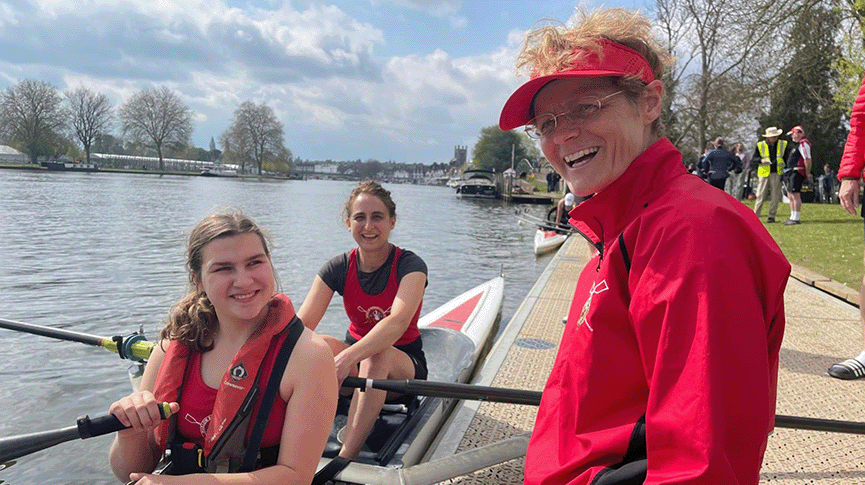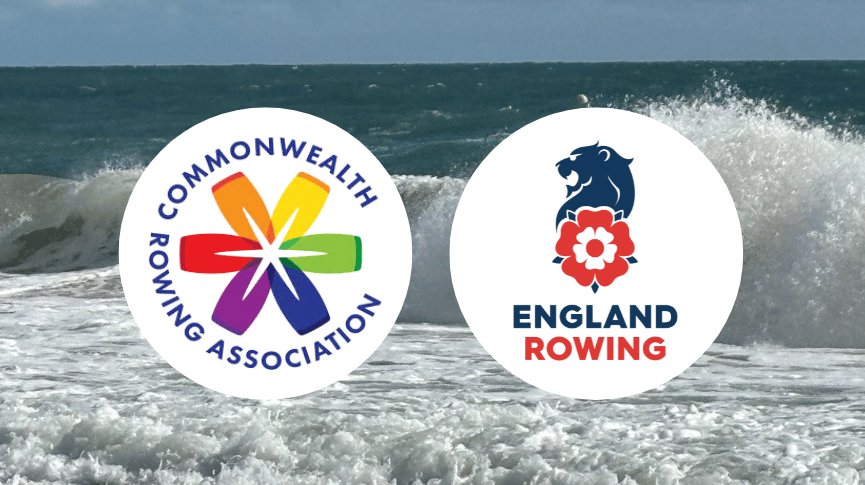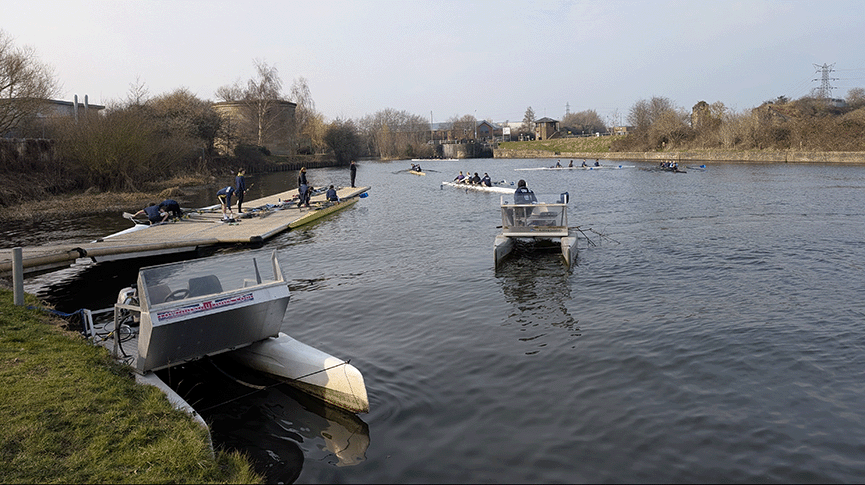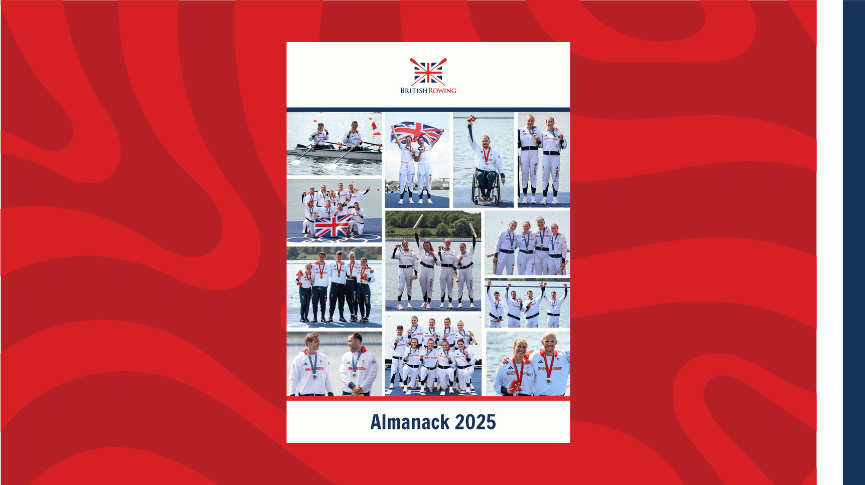Staying Alive – Safety Alert
Recently, there have been many lives saved by friends when rowers have collapsed and CPR (Cardiopulmonary resuscitation) has been performed to revive them.
Would you know what to do if someone collapsed and was unresponsive? How can you prepare for this situation? You should know:
- How to call 999 for an ambulance and provide directions so that the ambulance can respond to your location quickly and easily;
- How to perform hands only CPR;
- Where to find a heart defibrillator (AED: Automatic External Defibrillator), if there is one nearby.
The British Heart Foundation (BHF) has a series of videos and a mobile phone app showing you what to do if someone collapses and how to perform hands only CPR, see https://www.bhf.org.uk/heart-health/nation-of-lifesavers/hands-only-cpr. The videos can be found by searching YouTube for “CPR vinnie” and “CPR mini vinnie”.
If someone has collapsed, is unresponsive, and not breathing normally then if you know CPR you should start chest compressions immediately.
If you are on your own:
- Check that you are safe and shout for help;
- Start doing chest compressions to the rhythm of “Staying Alive”;
- Call 999;
- Ask for ambulance;
- Keep the phone line open;
- Put the phone on speaker;
- Try to keep doing chest compressions while answering the call centre’s questions;
- Keep doing the chest compressions until help arrives.
If you do not know or are uncertain about how to perform chest compressions, then the call centre will take you through the procedure.
If there are two or more persons present:
Person One
- Call 999 and ask for ambulance
- Answer the call centre’s questions
- Leave the phone line open
- Put the phone on speaker
- Get the AED if one is available
Person Two
- Do chest compressions to the rhythm of “Staying Alive”
When you have finished talking to the call centre, you can both:
- Share chest compressions until help arrives
- Use the AED if available
Automatic External Defibrillators (AED)
If an AED is available:
- Call for help;
- Start chest compressions;
- Get or send someone for the AED.
When the AED has arrived:
- Switch on the AED;
- Follow the instructions from the AED while continuing with chest compressions.
If CPR or an AED is used then the casualty will need further assessment as well as advanced medical care and so must be taken to hospital, even if they appear to have recovered.







